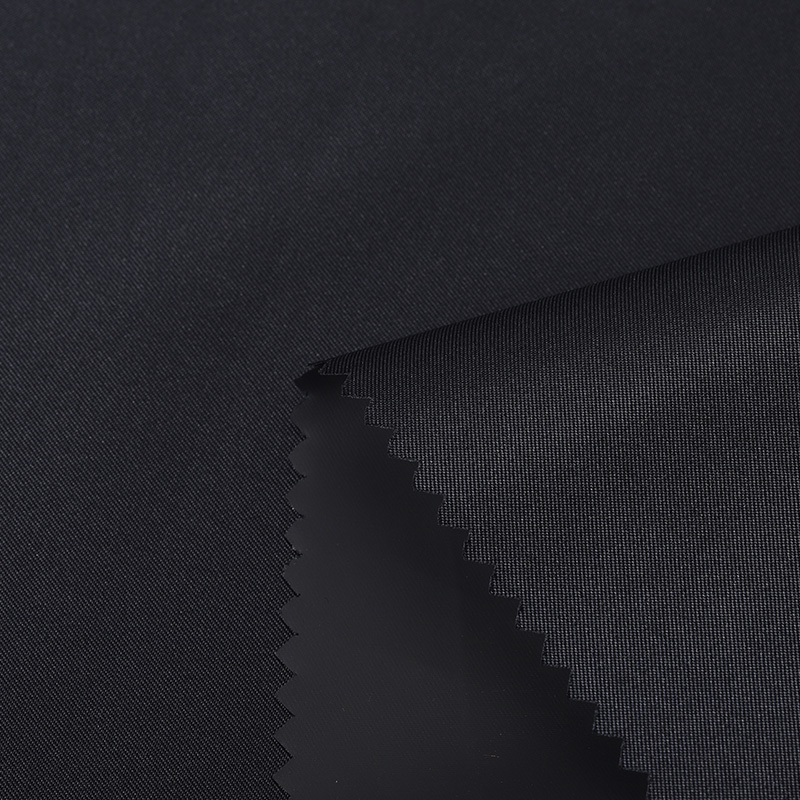These innovative textiles, often referred to as PU Coating Leather Impression Fabric , are designed to mimic the luxurious look of genuine leather while offering enhanced versatility for modern applications. However, one common concern about such materials is their thermal performance—specifically, how they handle heat retention and comfort. Let’s dive into what makes these fabrics unique, explore ways to optimize their thermal regulation, and uncover why they’re still a top choice for designers and manufacturers alike.
The limited heat ventilation mentioned in product descriptions can initially raise eyebrows, especially when considering garments or furnishings meant for extended use. While this characteristic might seem like a drawback at first glance, it actually serves as an advantage in cooler climates or seasonal wear. For instance, the dense structure of polyurethane-coated polyester or nylon provides excellent insulation, making it ideal for autumn and winter jackets or cozy home furnishings. That said, achieving optimal comfort requires thoughtful engineering. To counteract potential overheating in warmer environments, manufacturers can incorporate additional layers or treatments, such as moisture-wicking backings or breathable mesh inserts, which allow air circulation without compromising the integrity of the PU surface. By doing so, the fabric becomes adaptable to various climates, broadening its appeal across different markets.
Another critical factor influencing thermal comfort is the GSM (grams per square meter) range of the material. With options spanning from 75g/m² to 260g/m², designers have significant flexibility in tailoring the weight of the textile to suit specific needs. Lighter weights, around 75-100g/m², work exceptionally well for lightweight jackets or children's products where breathability is key. On the other hand, heavier variants above 200g/m² provide superior warmth and durability, making them perfect for outerwear or upholstery. This adaptability ensures that PU leather impression fabrics remain relevant not just for fashion-forward designs but also for technical applications like protective gear or automotive interiors.

Beyond thermal considerations, understanding how to enhance overall user experience plays a crucial role in maximizing the value of PU-coated textiles. For example, integrating advanced finishing techniques can elevate both functionality and tactile appeal. A soft-touch matte finish might cater to minimalist aesthetics, while a glossy sheen adds a touch of sophistication for business-oriented styles. Moreover, innovations in sustainable production methods—such as using bio-based polyurethanes or recycled polyester substrates—are paving the way for eco-conscious consumers who demand high performance alongside environmental responsibility. These developments reinforce the position of PU coating leather impression fabric as a forward-thinking solution in today’s competitive textile landscape.
While concerns about heat ventilation may arise with PU-coated materials, creative approaches to design and technology can easily mitigate these challenges. Whether you're crafting fashionable down jackets, chic handbags, or durable furniture, this versatile fabric offers endless possibilities. Its ability to combine style, comfort, and practicality makes it a standout choice for industries ranging from apparel to home decor. So next time you're exploring materials that deliver on both form and function, remember: PU Coating Leather Impression Fabric isn’t just about imitating leather—it’s about redefining what’s possible in modern textile innovation.


 English
English CN
CN













